The Innovative World of Kalstein Wheelchairs

Kalstein Wheelchairs: A Trustworthy Brand For years, Kalstein has been synonymous with quality medical equipment, and their range of wheelchairs is no exception. Known for their durability and comfort, Kalstein wheelchairs have become a favorite among users who value both function and style. As a trusted brand, Kalstein consistently delivers products that are not only […]
Unlocking the Secrets of the Horizontal Laminar Flow Cabinet: What You Need to Know
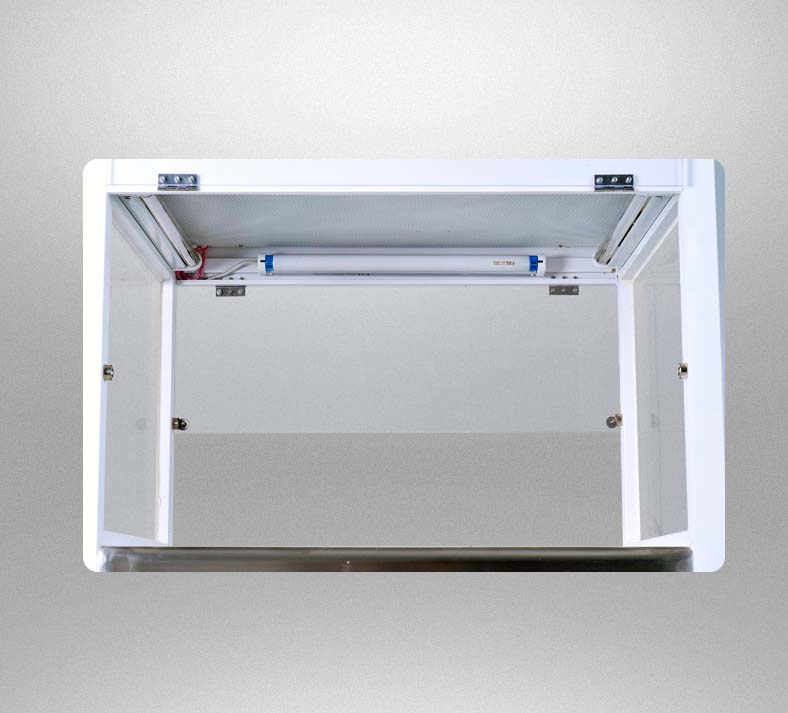
Horizontal Laminar Flow Cabinet, Brand Kalstein When it comes to maintaining a sterile environment for delicate laboratory processes, the Horizontal Laminar Flow Cabinet by Kalstein emerges as a top contender. This innovative piece of equipment is designed with precision and a deep understanding of laboratory needs. What strikes me about Kalstein’s offering is their commitment […]
Innovative Portable Anesthesia Machines: Kalstein YR02061 vs. PuaSystem PUA2000V
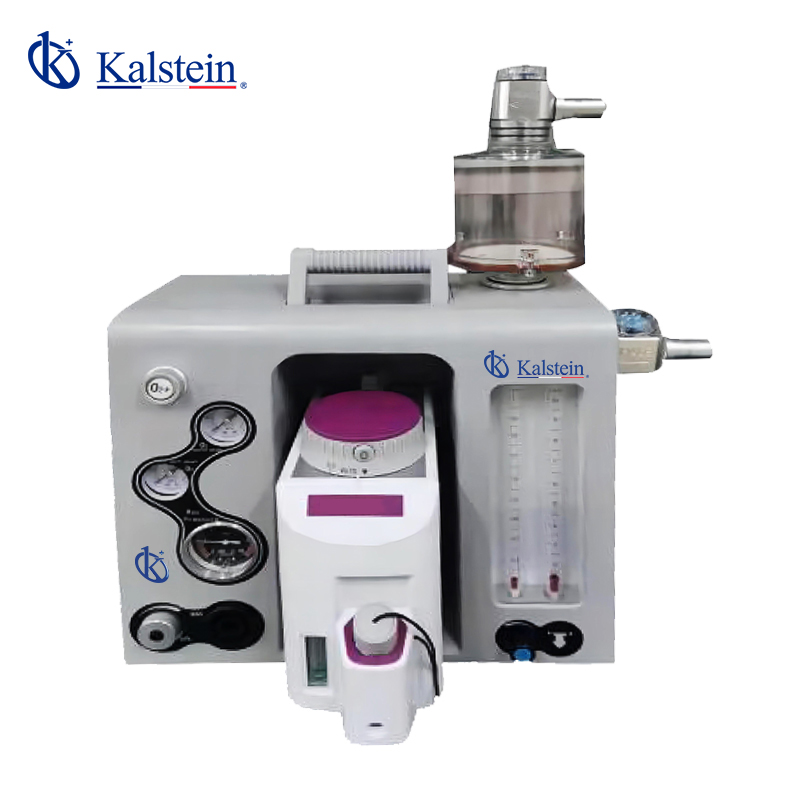
The world of portable anesthesia machines is progressively evolving, providing healthcare professionals with innovative options that enhance patient care and treatment efficiency. The Kalstein Portable Anesthesia Machine YR02061 and the PUA2000V from Nanjing PuaSystem emerge as two prominent models worthy of comparison. Each product brings a distinct set of features and benefits, making them indispensable […]
Innovative Autoclaves: A Detailed Comparison of Kalstein and Labtron Models
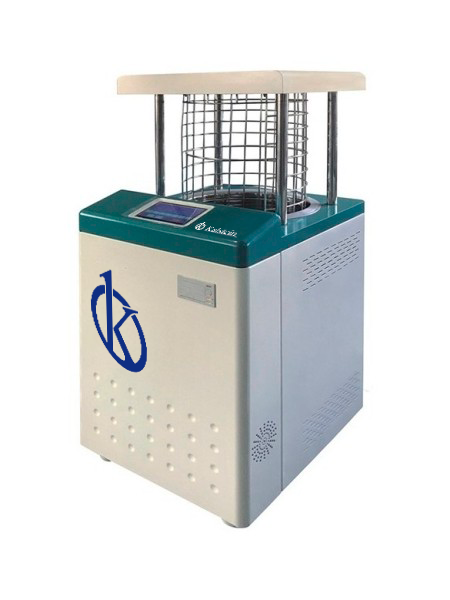
Autoclaves have become an indispensable part of modern laboratories, essential for sterilizing equipment and materials in various scientific and medical environments. Among the prominent offerings in the market are the Automatic Lifting Door Pulsating Vacuum Autoclave YR05688 // YR05691 by Kalstein and Labtron’s Horizontal Autoclave LF Series. In this article, we will delve into the […]
Innovative Insights: Discovering Veterinary Fundus Cameras by Kalstein
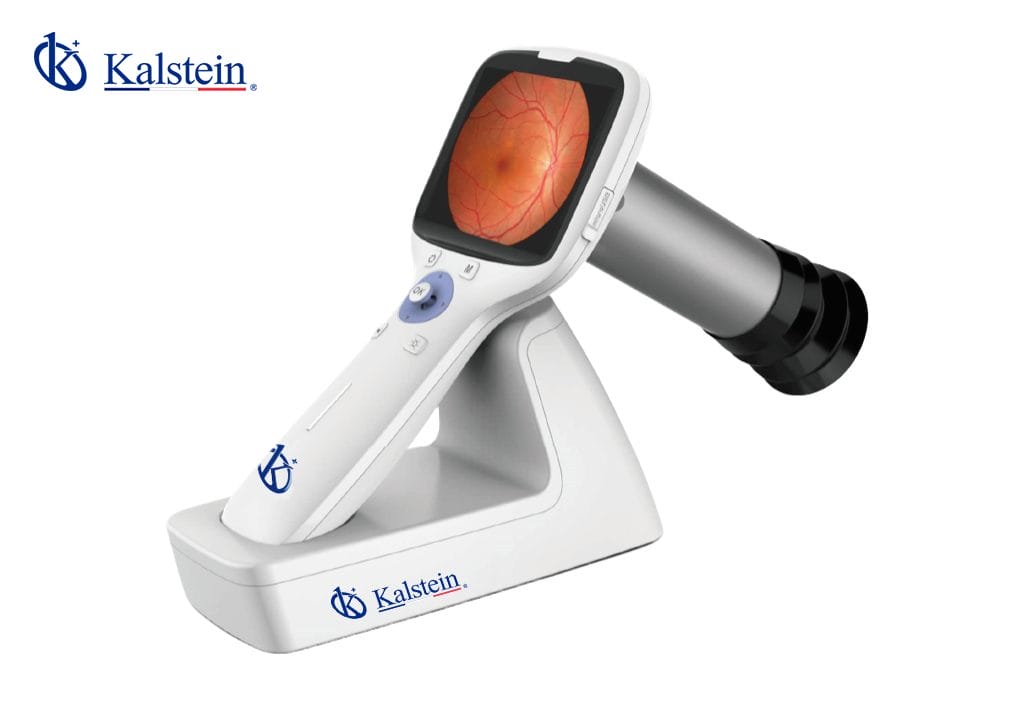
Veterinary Fundus Camera, Brand Kalstein When it comes to veterinary ophthalmic diagnostics, the Veterinary Fundus Camera plays an undeniable role, and Kalstein is a key player in this sector. This cutting-edge device is designed to offer detailed and comprehensive insights into the ocular health of animals, which is a crucial aspect for any veterinary professional. […]
Unveiling the Power of Kalstein’s Industrial Washing Machines
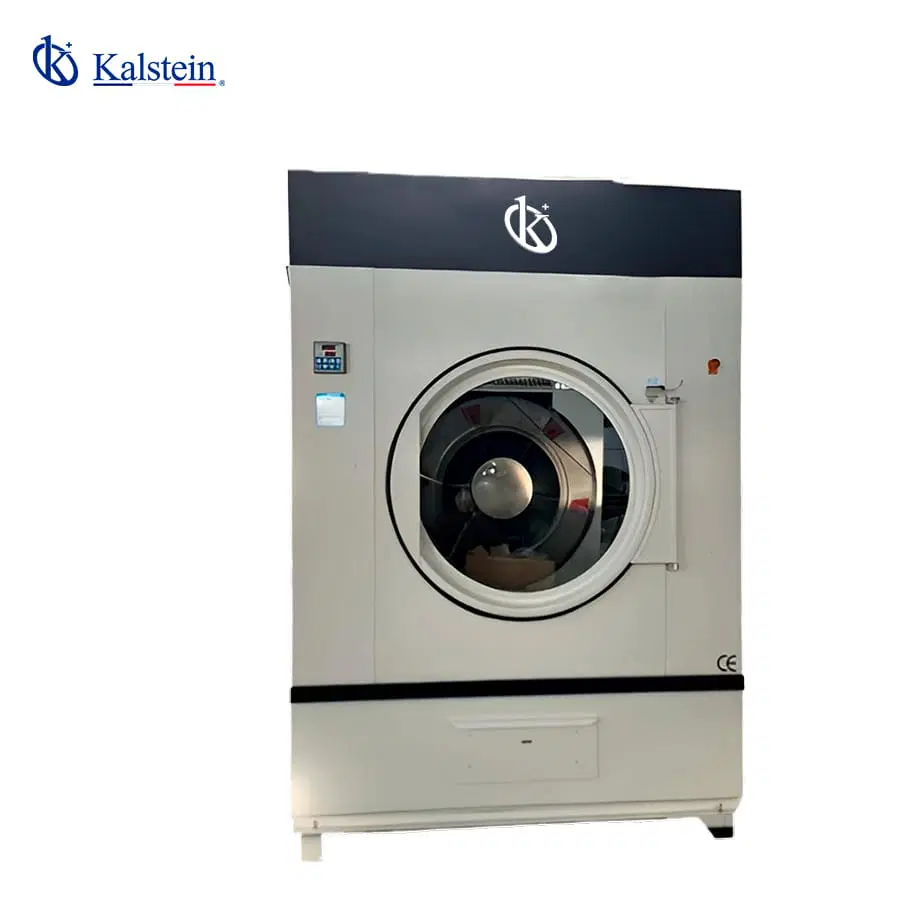
Industrial Washing Machine: Brand Kalstein Kalstein has established itself as a leader in the design and manufacturing of high-quality industrial washing machines. With a reputation built on trust, reliability, and technological innovation, Kalstein’s machines surpass expectations in performance and durability. As an expert in this field, I have witnessed first-hand the impressive nature of these […]
Discovering Water Distillers: High-Quality Solutions by Kalstein

Kalstein Water Distiller At Kalstein, we pride ourselves on providing cutting-edge solutions for laboratory needs. Our Water Distiller line is designed with top-notch technology to meet the highest standards of purity and efficiency. The meticulously engineered distillers guarantee the highest possible water purity while maintaining user convenience and safety. Feedback from our users has been […]
Transformative Veterinary Care: Inside the Kalstein Veterinary ICU Incubator
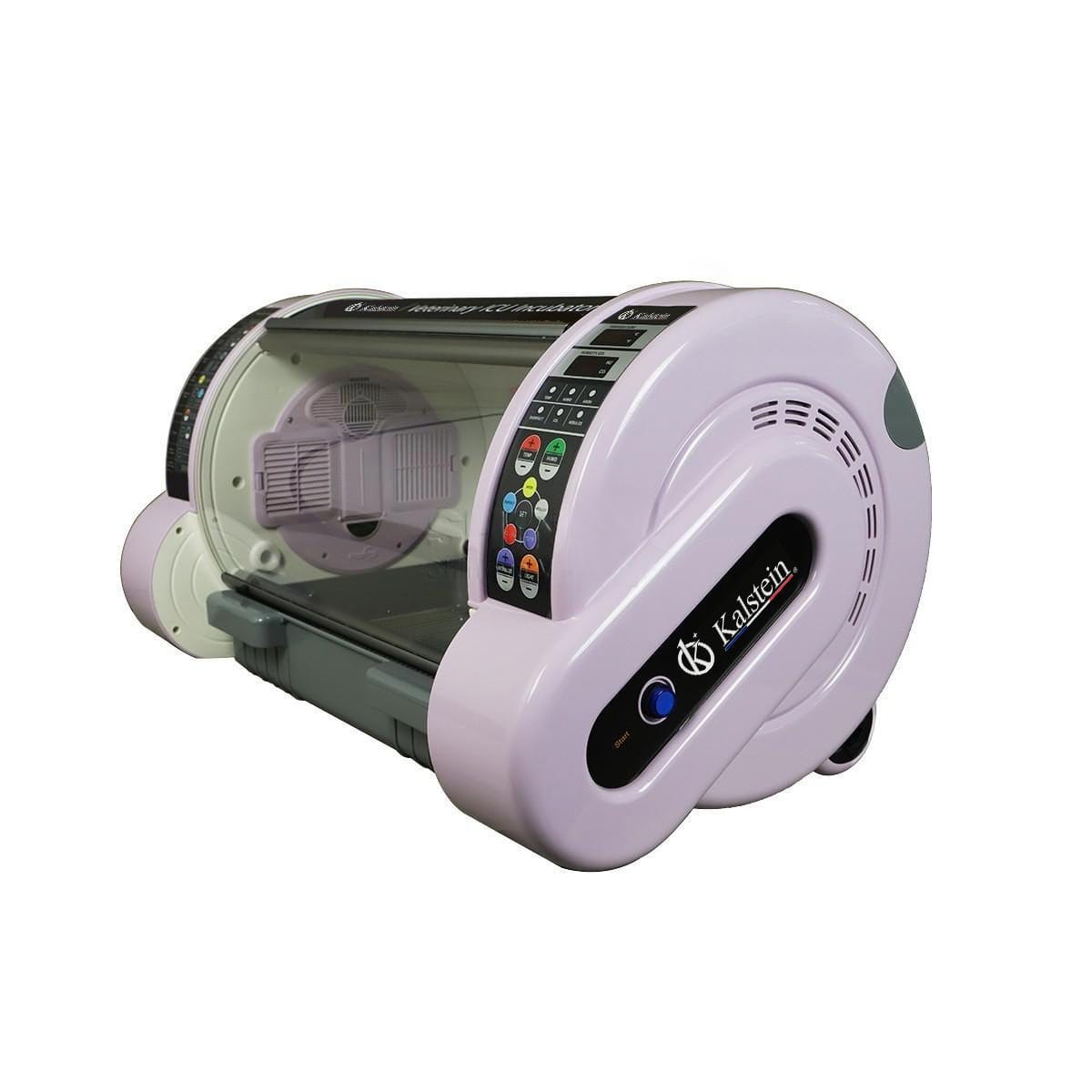
Veterinary ICU Incubator, Brand Kalstein As a veterinary professional deeply invested in the well-being of animals, I have had the privilege of working with several pieces of equipment that have changed the way we care for our patients. One such innovation that stands out is the Veterinary ICU Incubator from Kalstein. This remarkable unit is […]
Enhancing Patient Care: A Deep Dive into Kalstein’s Advanced Infusion Pumps
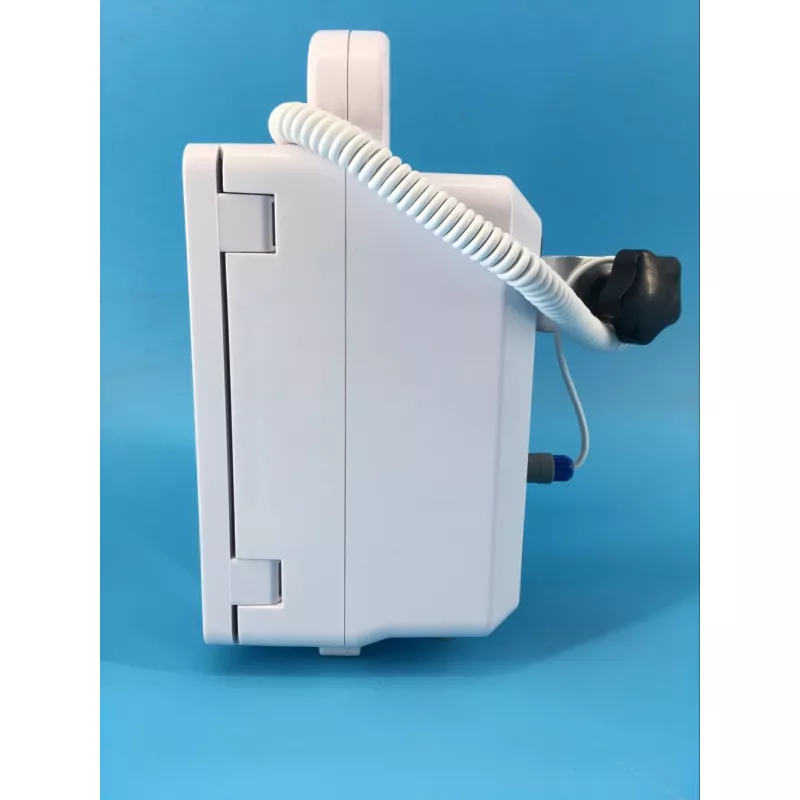
Infusion Pump, Brand Kalstein Infusion pumps have revolutionized the way medical professionals deliver precise doses of medication and nutrients to patients. At the forefront of this essential medical technology is Kalstein, a company recognized for its innovative solutions in the healthcare field. Kalstein infusion pumps are intricately designed to increase the efficiency and accuracy of […]
Discover the Features and Benefits of Class II Biosafety Cabinets from Kalstein
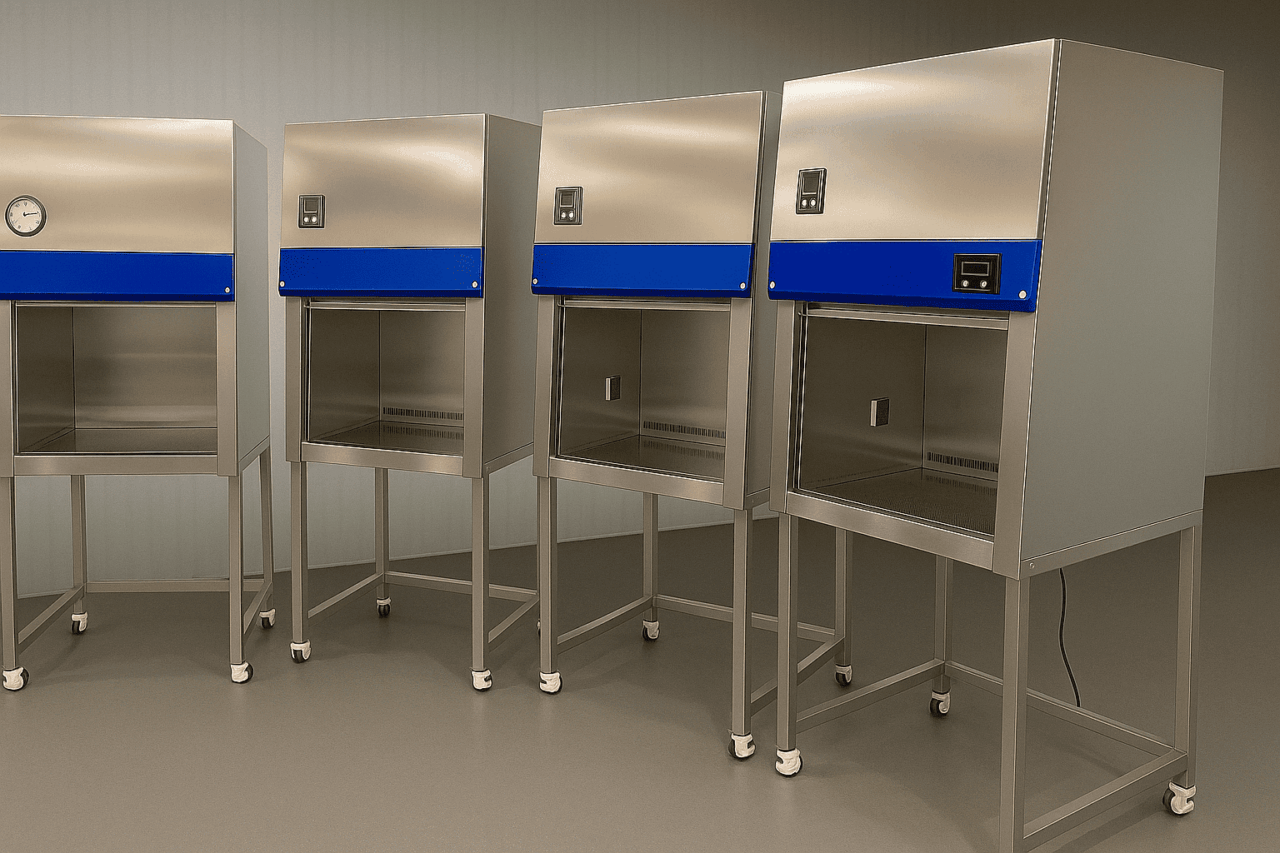
Class II Biosafety Cabinets, Brand Kalstein Class II Biosafety Cabinets are essential tools in laboratories focused on microbiological research and experimentation. Kalstein, a leading name in laboratory equipment, offers exceptional quality and innovation in their biosafety cabinets. These cabinets are designed to provide both protection to the user and the environment from biohazardous materials, while […]
